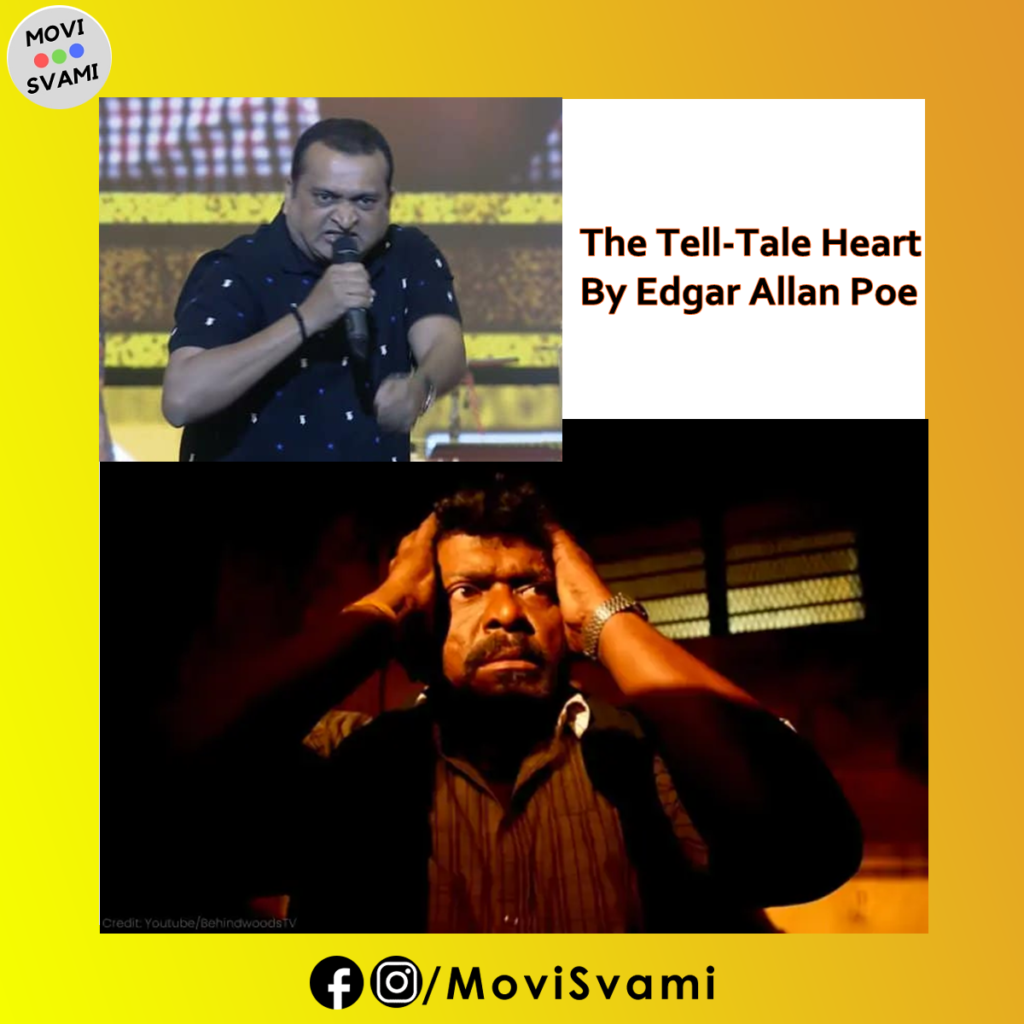The works of a legend like Raj Kapoor cannot be captured in a single book, leave alone a dozen of them. However, Rahul Rawail’s labour of love ‘Raj Kapoor: The Master at work’ attempts to unravel the cinematic genius from his point of view and he succeeds in his endeavor.
The best way to tell the story of a towering personality is probably how some of the best movies are told. An established hero tastes failure in the first half of the movie, and the interval block pushes him into a corner. And in the second half he emerges successful against all the odds. Fortuitously Rahul Rawail’s association as an assistant director with Raj Kapoor (or Raj Sahab as he refers to him throughout the book), began with the commercial failure ‘Mera Naam Joker’ and progressed with the blockbuster hit ‘Bobby’.
He takes us through his journey of learning the ropes from a master, while throwing light on Raj Kapoor’s art and craft. The distinction between art and craft is best seen in a master’s work…the art being a flicker of inspiration, and craft is the perspiration in putting it all together and taking it to the desired audience. Rahul Rawail does an excellent job of presenting the unique combination of art and craft and sketches the portrait of Raj Kapoor who with all his talent and eccentricities devoted his entire life to cinema and kept his spirit intact amidst all the difficulties.
The later part of the book is about the films Rahul Rawail directed and how his learning from Raj Kapoor held him in good stead. Once again his love and respect towards Raj Kapoor flows out of every word in these pages.
The book is a must read for all movie enthusiasts and especially for the current generation who probably know Raj Kapoor as the grandfather of Ranbir Kapoor.
P.S. It is worth taking a look at Siddhartha Kak’s documentary on ‘Raj Kapoor’ produced by Films Division of India, which is available for sale on their website.
Some excerpts from the book
P5
Raj Uncle, for the first time, called me to have lunch with him I understand you were terrified and humiliated by what y went through. Don’t consider this a prank but consider it to a very important lesson. In any creative pursuit, experiencing and understanding the emotions – fear, humiliation, defeat, losing a loved one, break-up of a relationship-are all necessary as they strengthen your understanding of life and thus make you creatively richer.’
P11
I was happy solely in learning everything there was to learn about films from the man himself. In my time at RK, I learnt how to run the projectors in a theatre, how to thread the reel, how to work a camera, how to record the sound, how to edit; in fact, I was put through the entire gamut of filmmaking. Raj Sahab, to me, was a genius. I had never thought that it would be possible for one man to have that kind of 360° knowledge of cinema.P81
When shooting a scene, Raj Sahab believed in one thing – every scene is a story in itself. Every scene has a three-act structure like a film, so every scene has a start, middle and end. Directors have their own method of shooting, some people do storyboards, where all the shots are broken down and sketched by the director or the storyboard artist. Raj Sahab never did a shot breakdown; his process was rather ingenious. He believed that the most difficult aspect of a scene was the first shot. To get the first shot in place, one needed to convey a lot of things to the audience, so as to establish the scene.
He believed that a scene, at its beginning, has to establish three aspects. First is the location; where is the scene based? This isn’t told but is shown.
P 87
There was a scene in Sangam that really blew the wind out of me. Once Raj Sahab started the misunderstanding bit, his entire visual focus was based around a ‘triangle’ between the three main characters. By triangle, I mean three people standing in three corners, and this composition, which left the impression of a triangle, was maintained until the climax. A series of shots that we called a ‘trilateral shot’. The climax of Sangam, I think, is one of the most brilliant sequences ever filmed.
P 160
He explained, Look, Rahul, when I’ve cancelled shooting it’s because I simply didn’t want to shoot. I will only shoor on days I want to. If I don’t feel like shooting, I will not shoot This is the way I make films. Cinema is a creative process and creativity is not ruled by day, date or money. It should be a lesson for every director, if your mind is not working, you will mess up your film.P 163
Raj Sahab smiled and said, “This is her faith and the same faith is the foundation of hope for a lot of people. I completely respect the faith that people have in their religion, but for me, the religion that spurns my faith is “cinema”.”
P177
He just looked at me, I always wondered why my memory was failing me, which has never happened in my life. Remember one thing, Son, when you lie once, you will lie again to cover it up and this vicious process will never end, and life will never forgive you for the same. Every action takes a full circle and finally comes back to you. So, I am very happy that you finally spoke the truth.’P 212
A location has upset the applecart and a change of location propped it up.



